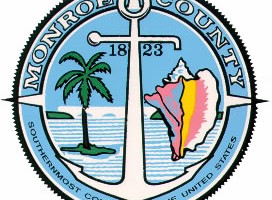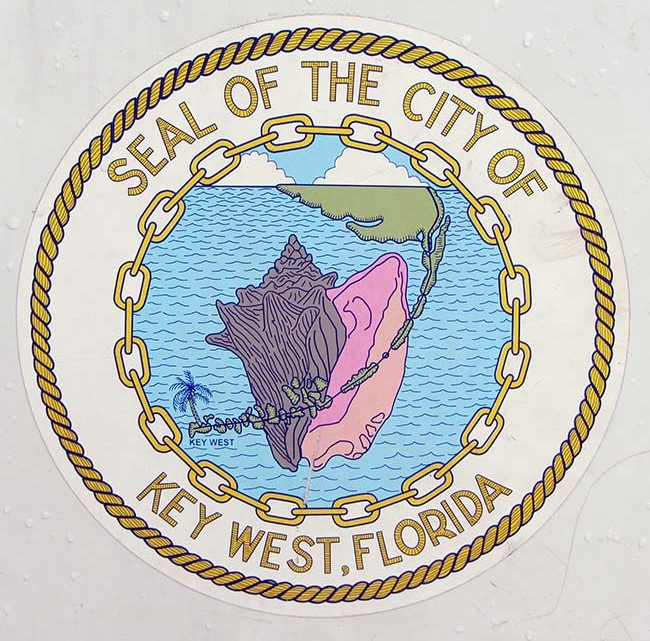Key West votes to accept new workforce housing units from state
BY PRU SOWERS
KONK LIFE STAFF WRITER

Sam Kaufman
Despite some concerns about potential traffic congestion and hurricane evacuation challenges, Key West City Commissioners unanimously voted Nov. 20 to accept 300 new affordable housing units allocated by the state.
The acceptance still has to receive a second and final vote at the next commission meeting but it seems like a done deal. With the affordable housing shortage problem in Key West an acute concern, the 300 new units will help the city leapfrog existing state-mandated development restrictions due to the island’s small size and the fact there is only one road, U.S. 1, leading to the mainland. Those restrictions limit the amount of new residential and commercial development in the Florida Keys based on the amount of time it would take to evacuate residents in the event of a hurricane or other major storm.
The 300 units are part of a package offered to Key West by state housing officials to help replace housing lost to Hurricane Irma. In Monroe County, 1,300 new housing units have been offered up by the state, 300 to each community, focusing on creating new affordable housing specifically for resident workers and their families.
The units are aimed at multi-unit housing developments, meaning individual property owners hoping to build one or two apartments with reduced rents for working people are unlikely to qualify for the allocations. And there are other restrictions for the state-issued units, including requiring tenants to evacuate at least 48 hours before a storm, double the time currently mandated under regional development rules.
But while significantly boosting the amount of new development allowed in Key West, there are concerns about adding 300 new households worth of people to the area. Mark Songer, speaking for Last Stand, the local environmental organization, said already-severe traffic congestion will become worse with new development. And, he said, fast-moving hurricanes may not allow for a 48-hour evacuation.
“These additional 300 units, and potentially [over] 1,000 throughout the county, will overcrowd the roads if [residents] don’t follow their lease requirements. But even if they try to comply, with a timeline like Hurricane Harvey, we cannot all get out safely,” Songer said. Hurricane Harvey hit the Houston, Texas, area in 2017 causing massive flooding and billions in damage. There were 107 confirmed deaths in its five landfalls stretching from Barbados to Louisiana.
Key West resident Tom Milone echoed Songer’s concerns. But he urged commissioners to pass the resolution accepting the 300 new housing units.
“The city of Key West should do everything in its power to help people finding housing,” he said.
Commissioner Sam Kaufman said that adding 300 new units of housing may not increase the local population as much as feared. Many Key West residents are currently living with multiple roommates, he said, and some of them would move into their own apartments if more affordable housing was available.
“I just don’t see how we can reject 300 units from the state when we’ve been talking for years about building housing,” Kaufman said.
Commissioner Greg Davila pointed out that the 300 new units would be put into a separate pool from the current Building Permit Allocation System (BPAS), the available units of residential and commercial housing the city has to allocate each year based on state development restrictions. In addition to the 48-hour evacuation requirement, the new pool requirements include a need to have an on-site property manager and be designated as multi-unit workforce housing. And while City Manager Jim Scholl said the city’s planned housing development on College Road has previously applied to the state for BPAS units separate from the new 300-unit pool, there are several other multi-unit housing developments being discussed, including on county-owned property on Trumbo Road and 3.2 acres of city-owned land in Bahama Village next to the new Truman Waterfront Park.
“There’s going to be plenty of opportunities for allocations of [the 300] units,” he said.
Hurricane Irma, which hit the Keys on Sept. 10, 2017, destroyed 1,179 homes in Monroe County. Another 2,977 homes suffered major damage. There are a total of 55,000 housing units in the Keys, according to county records.
[livemarket market_name="KONK Life LiveMarket" limit=3 category=“” show_signup=0 show_more=0]





No Comment